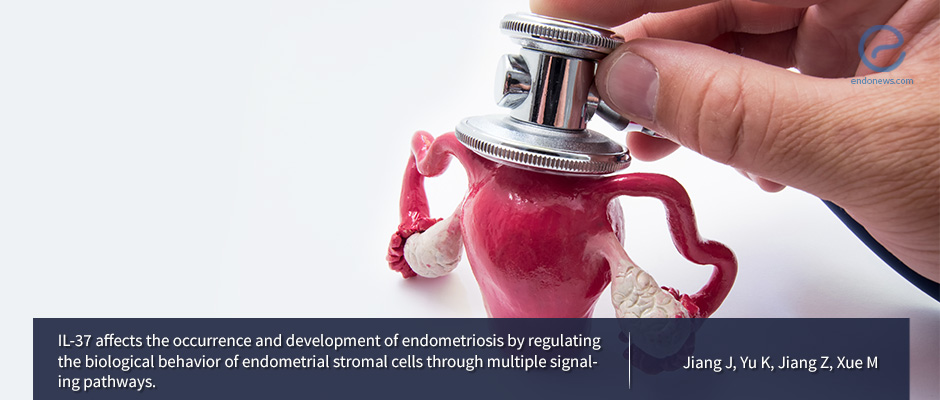Quercetin and its effects on endometriosis
Endometriosis, as a disease characterized by chronic inflammation and fibrosis, could be a potential target for quercetin, a flavonoid found in various foods and botanicals, and a known senolytic agent with many effects including antioxidant, anti-inflammatory, and immune-modulatory properties. Studies…
Key Points Lay SummaryAlterations of mitochondrial dynamics in endometriosis
Mitochondria are known as the batteries of the cell with the ATP that they produce through oxidative phosphorylation. Mitochondrial dynamics are important mechanisms for mitochondria to maintain their integrity by continuously undergoing changes. Mitochondrial fusion is the joining of two…
Key Points Lay SummaryIL-37 regulates ectopic endometrial stromal cells to prevent endometriosis
Endometriosis has been identified as a chronic inflammatory disease. It has been shown that in the plasma and peritoneal fluid, women with endometriosis exhibit aberrant numbers of immune cells and concentrations of cytokines and chemokines that promote a chronic inflammatory…
Key Points Lay SummaryS100A6 May be a Promising Target for Endometriosis Treatments
Peng et al., a group primarily from the Zhejiang University Medical College, recently published a paper in Gynecological Endocrinology titled “Upregulation of S100A6 in patients with endometriosis and its role in ectopic endometrial stromal cells.” This paper delineates a study…
Key Points Lay SummaryAutophagy in endometriosis
Endometriosis is a common gynecologic disease affecting both fertile (5-10%) and infertile (20-50%) women, and it commonly causes chronic pelvic pain, dysmenorrhea, and infertility. Recent research found that the autophagy exerts a pro-apoptotic effect on normal human endometrial cells and…
Key Points Lay SummaryThe Role of IL-35 in the Pathogenesis of Endometriosis
The molecular mechanism that drives endometriosis remains elusive to this day. Zhang et al believe that interleukin 35 (IL-35) plays a role in the pathogenesis of the disease. Their recent publication in Reproductive Sciences titled “Upregulation of Interleukin 35 in…
Key Points Lay Summary
 By Eylül GÜN
By Eylül GÜN


 By Dr. Youngran Park
By Dr. Youngran Park

 By Kasthuri Nair
By Kasthuri Nair

